With Easter just a few days away, I thought I’d write a blog on Easter traditions in Slovenia, covering everything from religious and secular celebrations to, of course, food and other traditions.
Easter is celebrated here in a number of ways. It begins on Palm Sunday when people can be seen flocking to churches around the country carrying bundles of branches and leaves, called butare, which are then blessed as part of a custom thought to date back as far as the 9th century.

Easter ‘butare’ bundles in front of the Basilica of Mary Help of Christians in Brezje. Photo: Visit Radol’ca
Žegnane – the blessing of food on Easter Saturday – takes places around the country in front of or in churches or, as seen below in Lancovo, near Radovljica, at shrines in smaller settlements. People take baskets of food, covered with embroidered cloths, to be blessed. However, this food cannot be eaten until Easter Sunday. Then, after a period of abstinence (by some), with a fast beginning on Ash Wednesday, food becomes a big deal as tables in homes around the country can be found bursting under the weight of potica, which is the star of the show, as well as baked ham, horseradish, eggs and more.
Potica is a traditional Slovenian sweet baked at Christmas and Easter holidays, and is arguably the most famous Slovenian dish. It could be said that no Slovenian holiday is truly complete without a slice of traditional potica. Apparently, there are over 80 different types of potica in Slovenia, yet in most shops and bakeries there are only the usual staple varieties, such as; walnut – by far the most commonly found – as well as poppy seed, tarragon, coconut, and potratna – a layered ‘luxury’ potica, made with curd cheese, walnuts and layers of light and dark sponge.
Gluten-free potica is also now widely available, such as seen below, so no need for us coeliacs to miss out.

Gluten-free walnut potica and coconut potica – Sladki butik Ines
Pirhi, another staple on tables at Easter, are coloured eggs, traditionally dyed using onion skins. Spring flowers or leaves are attached to the eggs during the dying process to produce the characteristic pattern.
The game of ‘fucanje‘ traditionally takes place at Easter. Players compete in a coin throwing contest, each aiming for their coin to land closest to the target. The winners then ‘takes all’!

On Easter Sunday in the municipality of Radovljica ‘fucanje‘ takes place outside the cultural centre in the villages of Mošnje and also in Begunje na Gorenjskem behind the Pr’ Tavčar restaurant.
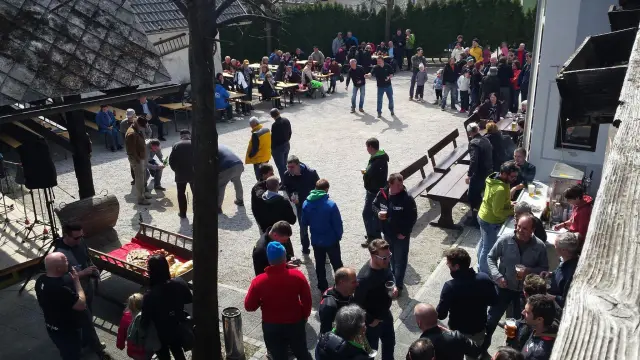
Rolling eggs, or Easter egg hunts, are other traditional Easter games.

On Easter Sunday, a typical Easter feast in Slovenia usually looks something like this…
I can’t finish this blog without mentioning the retirement of Slovenia’s best ever ski jumper, Peter Prevec, who officially made his last competitive jumps at Planica last weekend.

Peter’s records speak for themself, among them:
- 203 FIS WC appearances
- 51 FIS WC appearances
- FIS WC victories
- 15 wins in one season
- Winner of the Crystal Globe 2015/2016
- Winner of the Ski Flying Crystal Globe in 2013/14, 2014/15 and 2015/16
- Silver and Bronze medal winner at the Sochi Winter Olympics in 2014
- Silver and bronze medalist at the Nordic World Ski Championships
Originally from the Poljane Valley, Peter now lives with his wife and two children in Radovljica. To show our gratitude and appreciation to him, the town is putting on a celebrate his exceptional sports career this Tuesday (i.e. tomorrow) at 5pm, to which everyone is invited, featuring live music with Saša Avsenik and the Lesce Wind Orchestra.
And finally, it’s less than a month until the Radovljica Chocolate Festival. This year’s festival will take place on Saturday 20th and Sunday 21st April and, as ever, will feature a chocolate-packed and entertainment-packed programme, so plan your visit now! Should you need any help planning your visit, contact the Radovljica Tourist Information Centre.
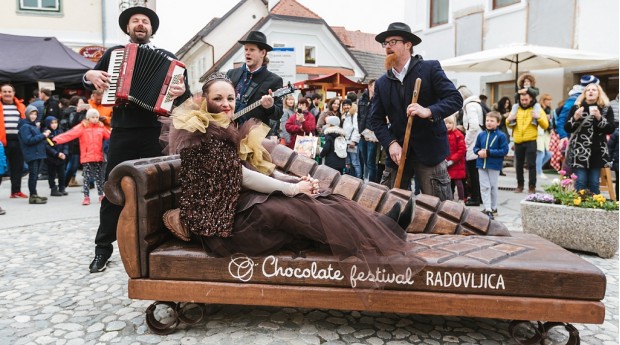
© Adele in Slovenia

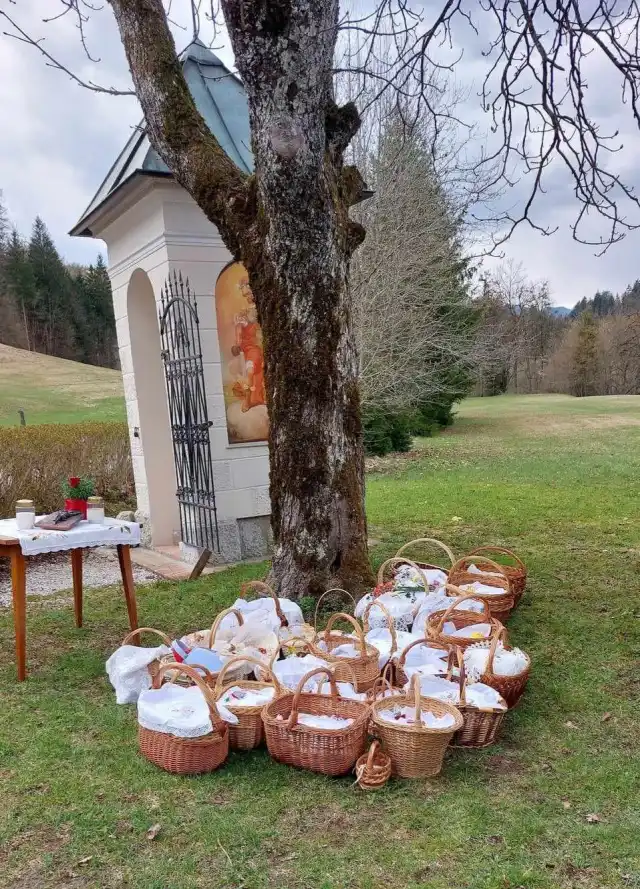
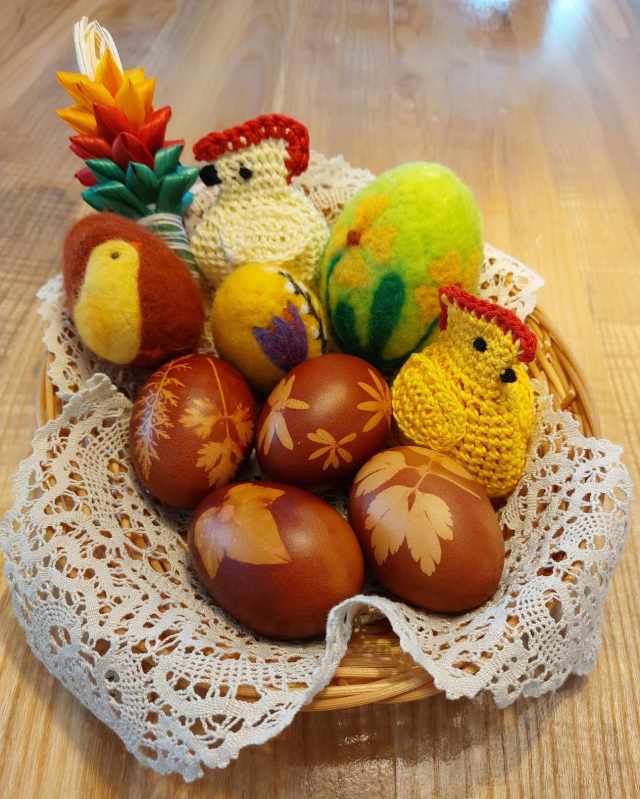


























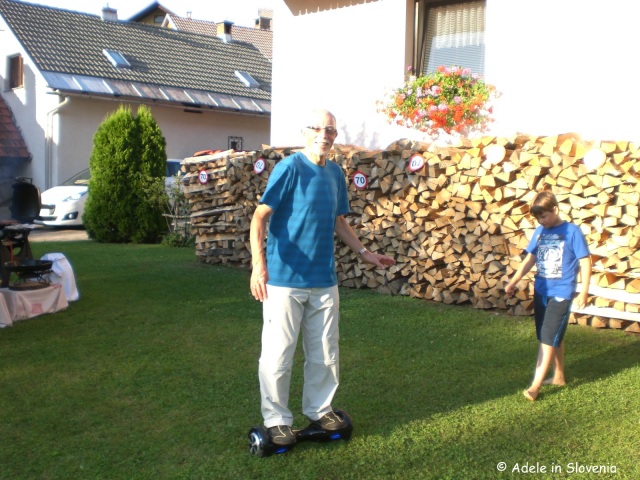







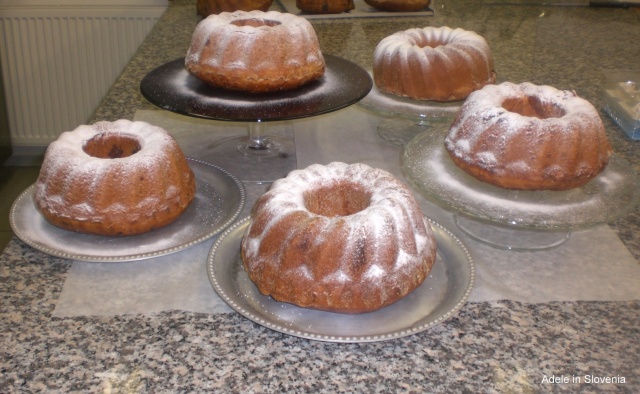










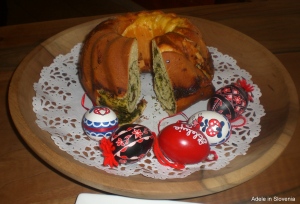
















![Jama_%20foto%20Bogdan%20Kladnik[1]](https://adeleinslovenia.files.wordpress.com/2013/08/jama_20foto20bogdan20kladnik1.jpg?w=300&h=197)
